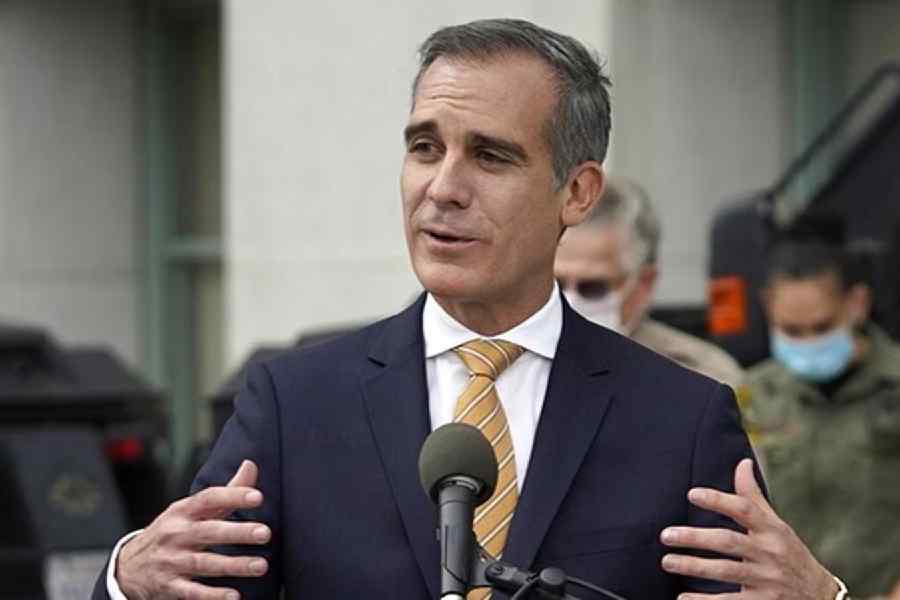A pestilence isn’t a thing made to man’s measure; therefore we tell ourselves that pestilence is a mere bogey of the mind, a bad dream that will pass away.
Albert Camus, La peste (The Plague)
Published in 1947, The Plague imagined the public mood in the fictional city of Oran where people are learning to live with the irrationality of a pestilence — isolation or quarantine. Today, 73 years later, we realise what it means to be “...sentenced for an unknown crime, to an indeterminate period of punishment”. The only difference? We now have a fashionable name for quarantine and isolation: social distancing. This essentially means people should avoid large gatherings and close contact with others.
The hashtag SocialDistancing is trending online. Just like some citizens in Oran questioned the rationale behind the imposed isolation before the contagion spreads like wildfire, today we have netizens and contrarians who seem unconvinced by the importance of quarantine. Apprehending a disastrous economic impact of such restrictions, some are questioning whether the benefits will outweigh the risks of ignoring the government recommendation. Some conservative activists have even termed it an “overreaction”, suggesting the virus is a politically concocted hoax likely to push the marginalised further toward the edge of a precipice.
Contrarians are obviously glossing over the sound scientific rationale behind social distancing, which delays transmission. For densely-populated countries such as India staring down fast-rising Covid-19 cases, the best bet is to “flatten the curve”. The term — used by epidemiologists — refers to a graph that shows when a surge in new coronavirus cases is expected. The graph also illustrates why slowing the spread of infection is nearly as important as stopping it. Says Rakesh Mishra, director of Centre for Cellular and Molecular Biology in Hyderabad, “It [slowing the spread] will help reduce the number of severe cases, causing less burden on the public health system. As a result hospitals, and intensive care units (ICUs) in particular, will not be quickly overwhelmed. Otherwise, patients will be left without the necessary care.”
How does social distancing help flatten the curve? Mathematical simulations have shown that breaking the network of growth helps flatten the curve of infection. Mathematicians call this the curve of “exponential growth”. If one infected person infects two others on an average, the number of infected people doubles every five days. Exponential growth models closely match reality when starting with a small number of infected individuals in a large population, such as when the virus first emerged in Wuhan, or arrived in Italy. On January 31, just two people tested positive for Covid-19 in Italy. By February 29, that number rose to 1,128. And by March 17, it had soared to 31,506. The first Covid-19 death occurred in Italy on February 21; by March 17 the death toll had risen to 2,503.

Courtesy: NYTNS
But the political leadership in Italy, most other European countries and the US did not grasp the reality of exponential growth until numbers spiked in the last fortnight. In the initial stages, the Italian government recommended maintaining social distance but the people did not heed it. By the time a lockdown was imposed, the virus had spread surreptitiously in the close-knit community and cases suddenly exploded, leaving the healthcare system flailing.
The outbreak is on the downswing in China and Korea, thanks to strict quarantine measures and aggressive testing. If Chinese government sources are to believed, after the first cases of the new virus were reported in December, the country was in lockdown by late January. An all-out war against the virus raged through February. Schools were closed. Stores were shut down. Everyone had to stay home. In early March, after two months of aggressive containment measures, the number of cases started decreasing.
Singapore too has been following social distancing strictly, including marking every alternate seat in movie halls and restaurants with red tape to keep people apart. That is why there have been only 313 Covid-19 cases in this highly-populated island nation, with no death reported so far.
That social distancing could contain a virus and flatten the curve of epidemic intensity was shown by epidemiologists led by Richard J. Hatchett in a 2007 paper in PNAS that studied the reaction to the 1918 influenza epidemic in two US cities. As the first cases of flu were reported in Philadelphia, authorities played it down and allowed public gatherings to continue. By the time Philadelphia was shut down, the virus had already spread, resulting in a 50-fold spike in deaths. St Louis, on the other hand, took measures to contain the disease only two days after the first case was reported. This resulted in slower spread and a much lower mortality rate.
Social distancing, though essential at the moment, does not come naturally to humans. We are evolutionarily hard-wired to get together in groups, meet friends and relatives, or touch each other as forms of greeting. Social distancing presents a challenge, especially in India where people live in close-knit societies.
We humans are a remarkably resilient species. What keeps us going is a sense of optimism: come what may, we shall survive. In The Plague, Camus evokes this innate sense of solidarity: “once the town gates were shut, every one of us realised that all [were] in the same boat… No longer were there individual destinies; only a collective destiny.”










